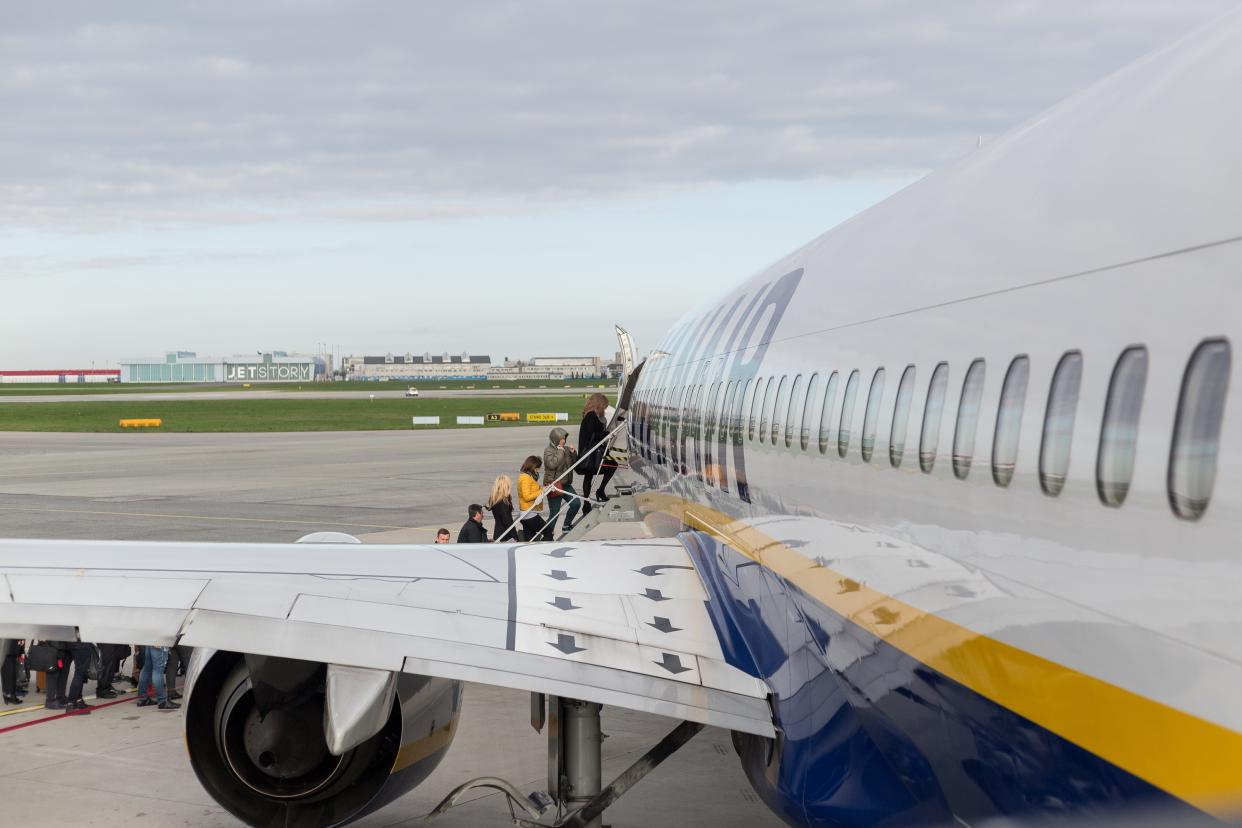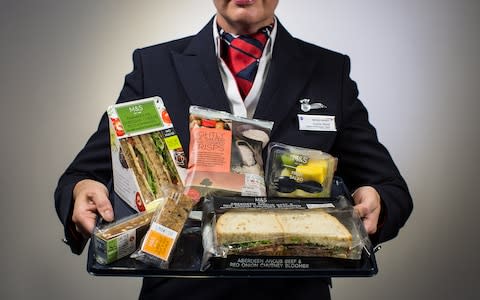Airlines will collect £62bn in extra charges this year

The amount of money the world’s airlines collect from optional extras, such as bag charges, seat selection and credit card fees, has grown by 264 per cent in seven years.
A new report on “ancillary” revenue, which includes all income beyond the standard airfare, has estimated that carriers will rake in $82.2bn (£62bn) in extras for 2017, up from $67.4bn (£50.7bn) last year, and $22.6bn (£17bn) in 2010. It all adds up to $20 (£15) per passenger.
At a glance | How ancillary revenue has taken off
Ancillary sources now account for 10.6 per cent of all revenue – up from 4.8 per cent seven years ago. But for some airlines the figure is far higher. IdeaWorksCompany, the firm behind the report, pinpoints several “Ancillary Revenue Champs”, such as Ryanair, Wizz, Frontier and Spirit. As a percentage of total revenue at these carriers, ancillary sources accounts for between a fifth and half.
But the biggest growth in ancillary revenue this year was among traditional airlines, with the likes of British Airways increasingly attempting to compete with their low-cost rivals by charging for food and drink, for example, or for seats with extra legroom.
“With few exceptions, airlines all over the world are moving to a la carte methods to provide more choices for consumers while boosting ancillary revenue,” says the report. “For example, throughout North America, Europe, and Australasia, basic economy fares are now prevalent for short- and medium-haul travel.”

It estimates that baggage fees account for 27 per cent of total ancillary revenue, and on-board sales of food, drink and duty-free goods for 21 per cent. Revenue from hotel partnerships and car hire, as well as frequent fliers programmes, also contribute.
At a glance | Key ancillary revenue components
A breakdown for individual airlines will not be available until next year, but IdeaWorksCompany’s annual Yearbook of Ancillary Revenue, published in the summer, offered more detail for 2016. Ryanair took home $1.98bn (£1.52bn) in extras last year, the sixth highest figure of any airline. United topped the table with $6.22bn (£4.77bn).
Top 10 | Airlines that earn the most ancillary revenue
Spirit Airlines was found to be more reliant on extras than any other, with 46.4 per cent of of its revenue in 2016 coming from ancillary sources (compared to 26.8 per cent for Ryanair).
Top 10 | Airlines most reliant on extra charges
The Florida-based airline is one of just a handful of carriers to charge for carry-on luggage, with fees rising from $37 (£28) if paid at the time of booking to $65 (£50) if paid at the airport gate, while its checked baggage fees range from $30 (£23) to $60 (£46). It all amounts to ancillary revenue of $49.89 (£38.25) per passenger – more than any other airline.
At a glance | How easyJet earns its extra revenue
The Yearbook also provided a more detailed breakdown for a handful of airlines. EasyJet, for example, relies on baggage fees for 47 per cent of its ancillary revenue, while seat selection accounts for seven per cent.
At a glance | How BA earns its extra revenue
For BA, the majority of ancillary revenue (54 per cent) comes from its frequent flier programme.

